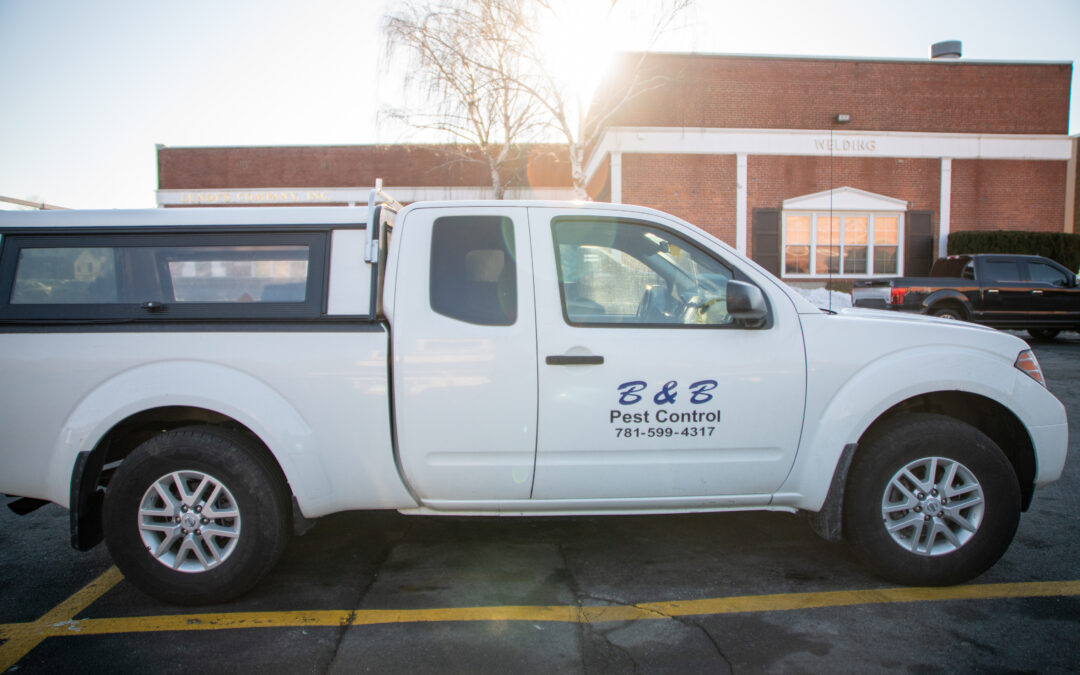Termites and carpenter ants hold the top of the leaderboard when it comes to property damage in the US. Both these insects attack the wood of a building, causing damage as they tunnel through it. Over time, the damage grows and grows, until repairs can cost hundreds or even thousands of dollars. And given that around 90% of US homes are built with a wooden framing, it’s important to be somewhat familiar with these pest species.
Termites
Pest termite species can be subdivided into two main groups based on how they build their colonies. You have subterranean termites, which build their colonies underground, and you have drywood and dampwood termites which build their colonies inside wood. The first group causes the most damage, because a colony can expand independently of a single food source. So there are scenarios where a subterranean colony grows to have millions of members and infest several houses in one neighborhood.
The species in the second group do not cause as much damage as fast as these subterranean termites, but because the colonies have no exterior connection, they are harder to detect. This can mean that they will grow to very large proportions inside the home, and in order to remove them the home will have to be tented and fumigated. Fumigation is a procedure that can cost thousands of dollars, and the home may also require extensive repairs in case of a large infestation.
Carpenter ants
Carpenter ants are much more similar to the termites in the second group, because they also build their colonies inside wood. However, unlike all termites, carpenter ants still maintain an ant diet and do not consume wood. This means that worker carpenter ants have to leave the colony in order to forage for food. It is at this point that an infestation is usually detected, because carpenter ants are much larger than normal ants.
Differences in control
The two species differ greatly when it comes to control, with each termite group requiring a specific approach and carpenter ants requiring the use of baits. This is why it’s important for a professional to perform an inspection whenever there is a termite infestation. With that being said, once properly identified, both carpenter ants and termites can be removed fairly quickly and with little hassle, unless you are dealing with large dampwood and drywood termite infestations, as mentioned previously.
For more information on the wood boring pests out there, or if you are currently dealing with an infestation that needs to be removed, contact us today.

